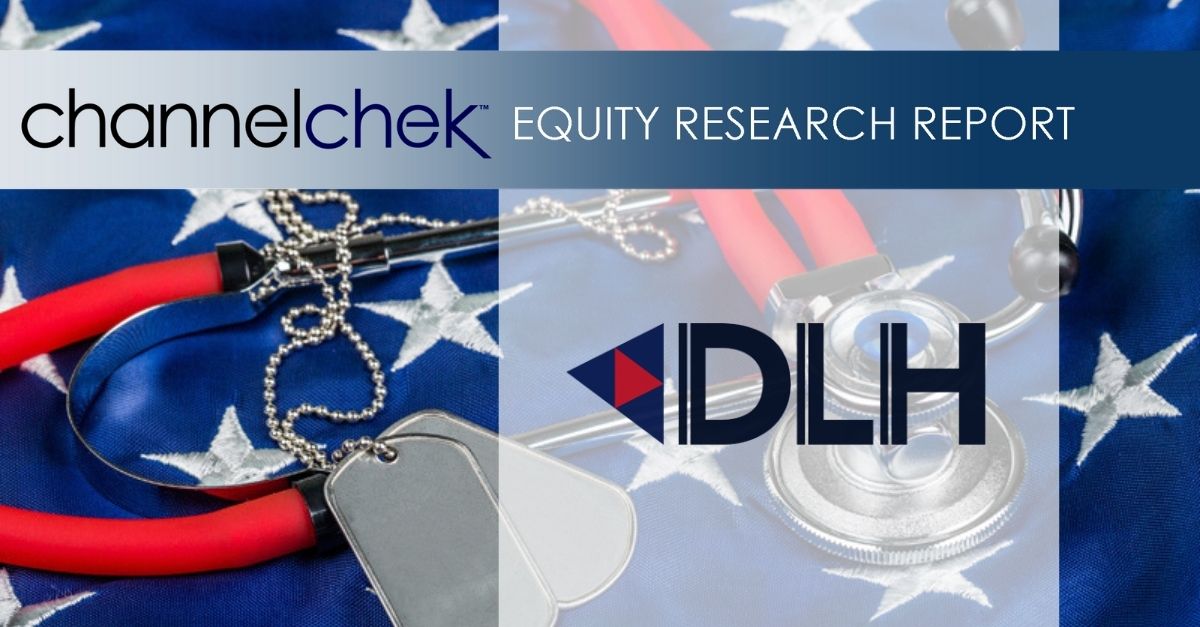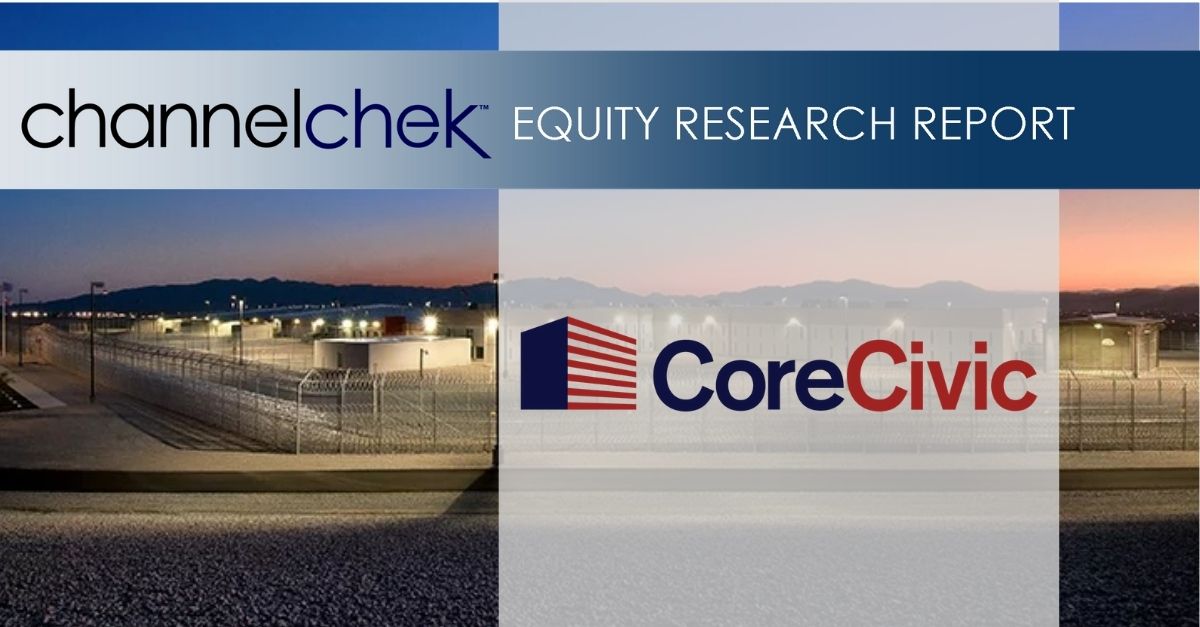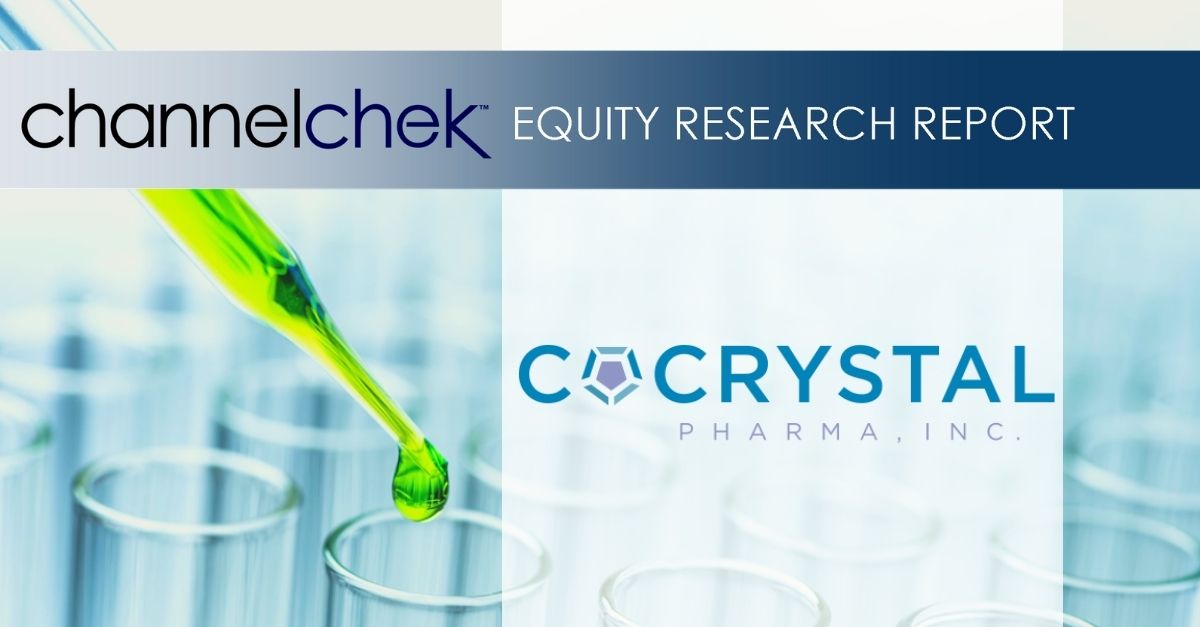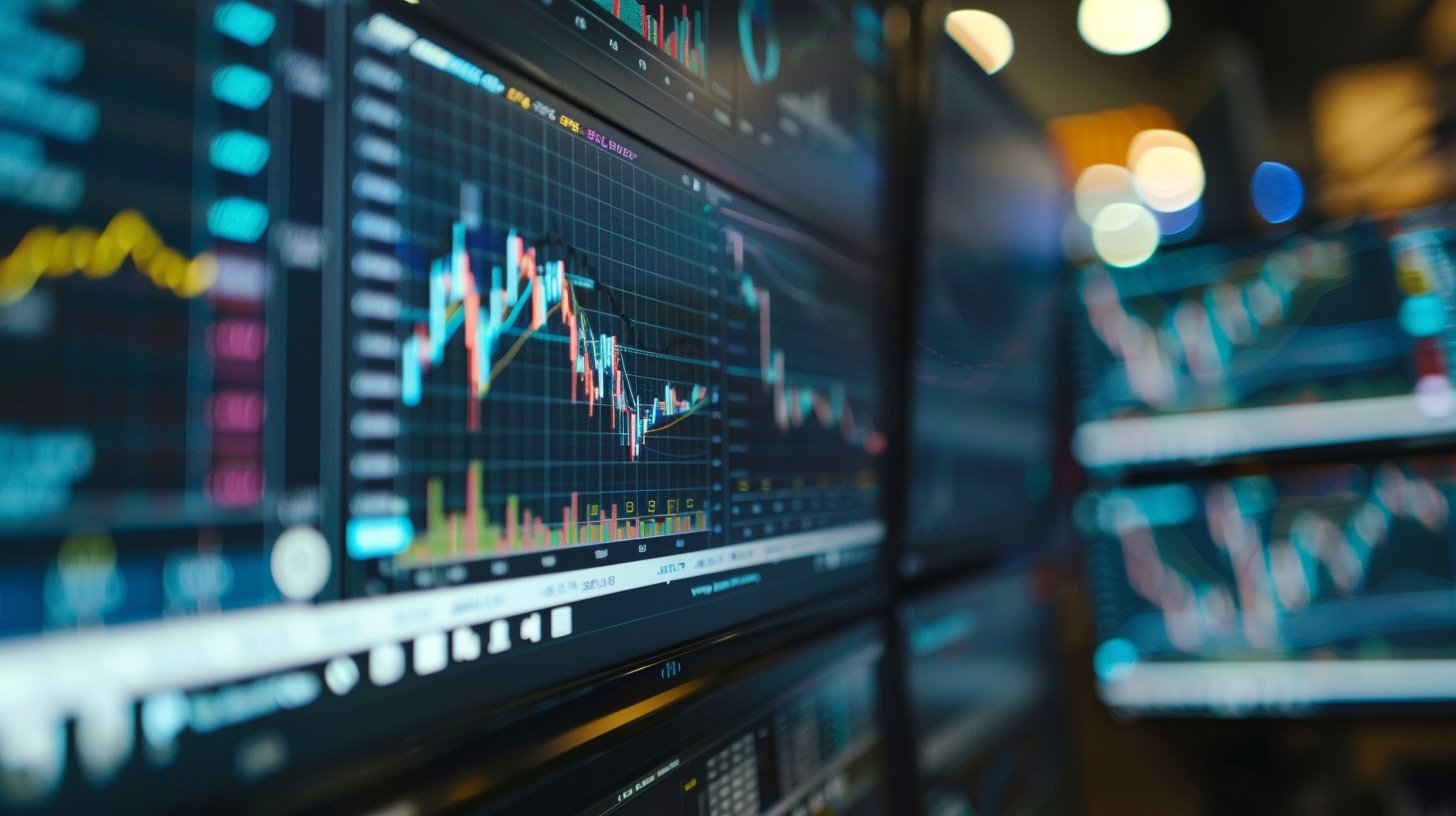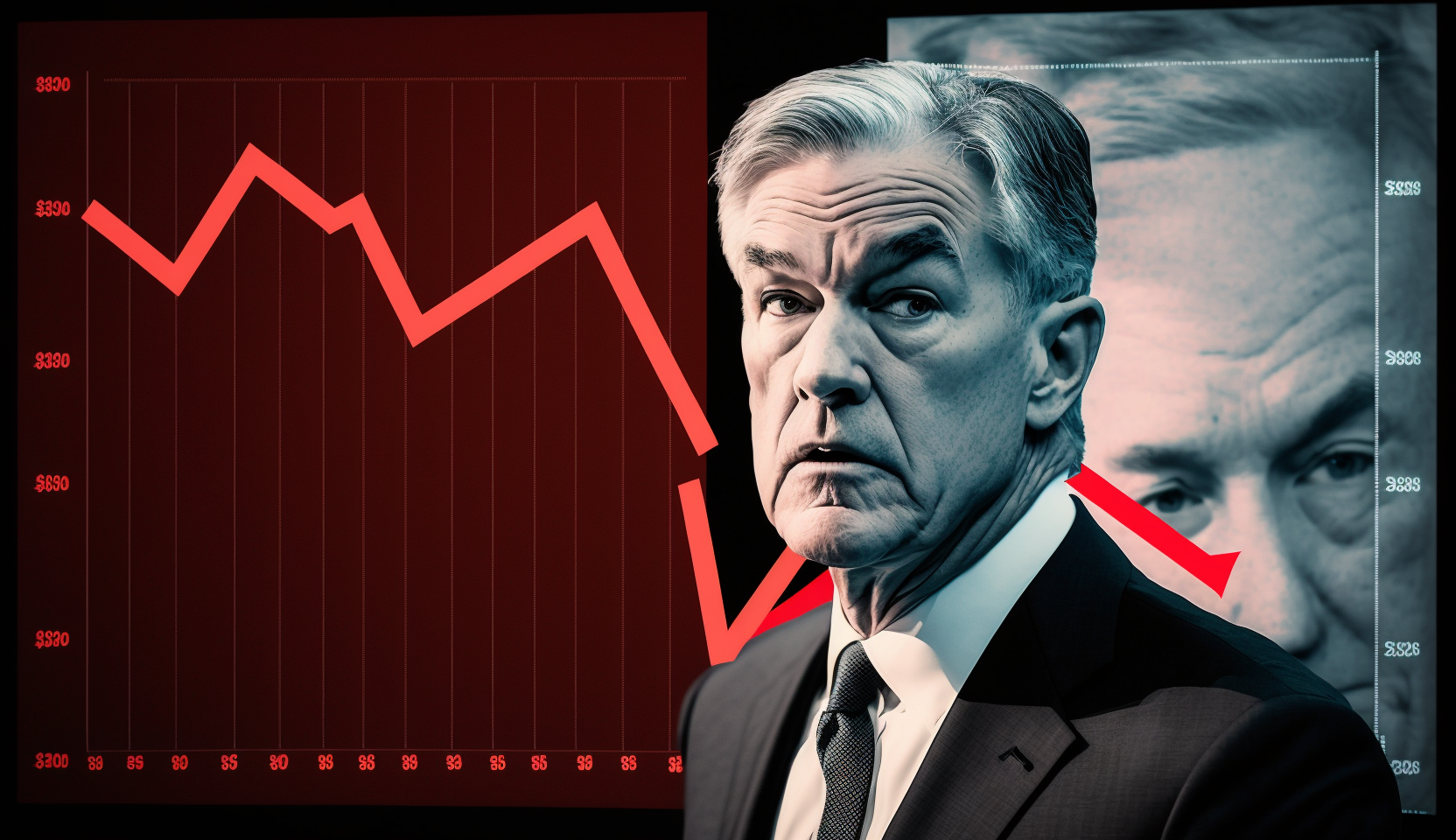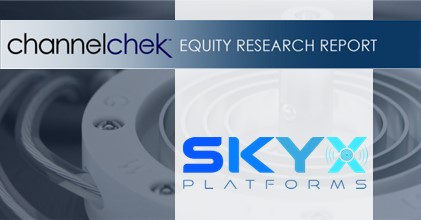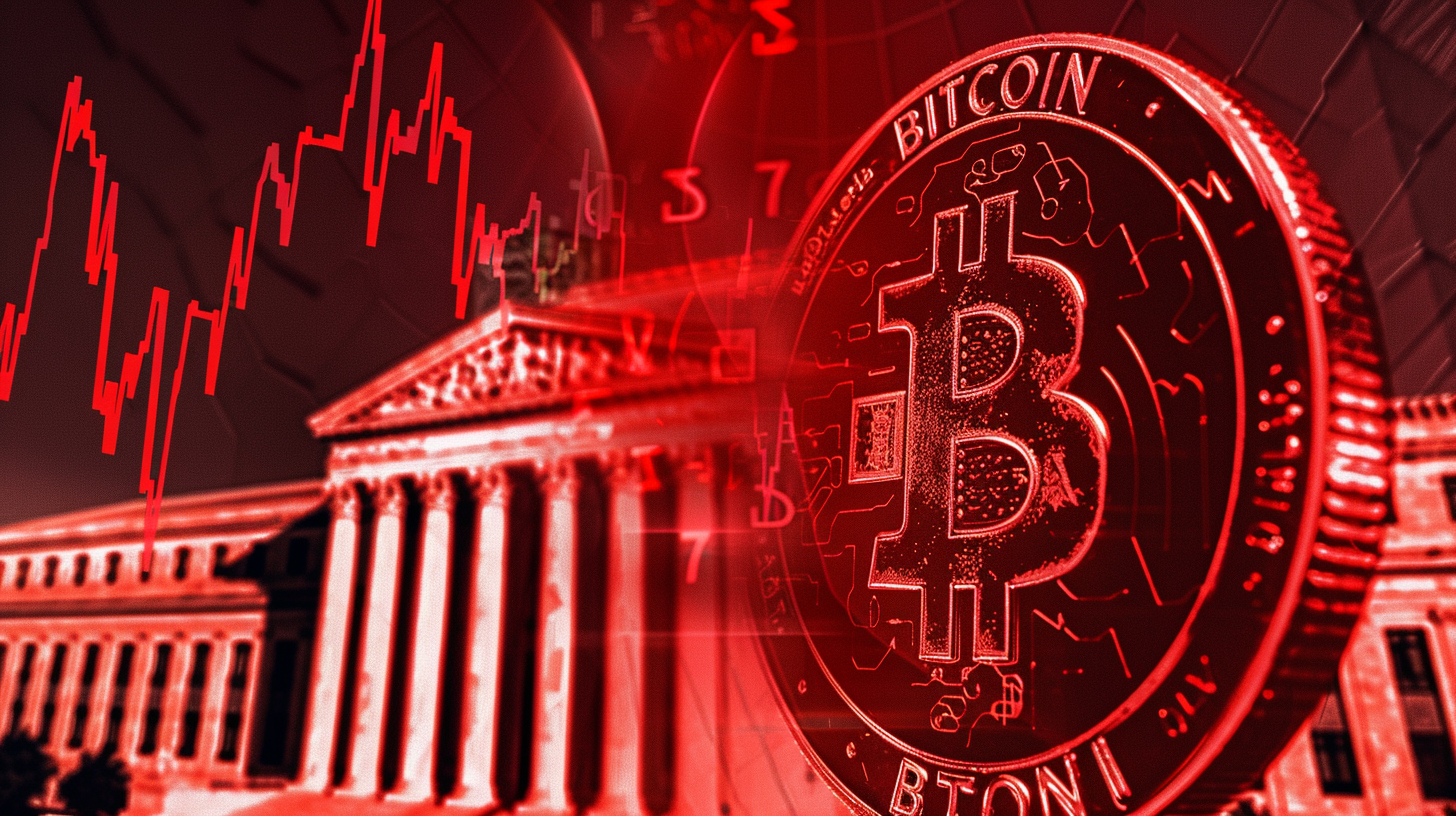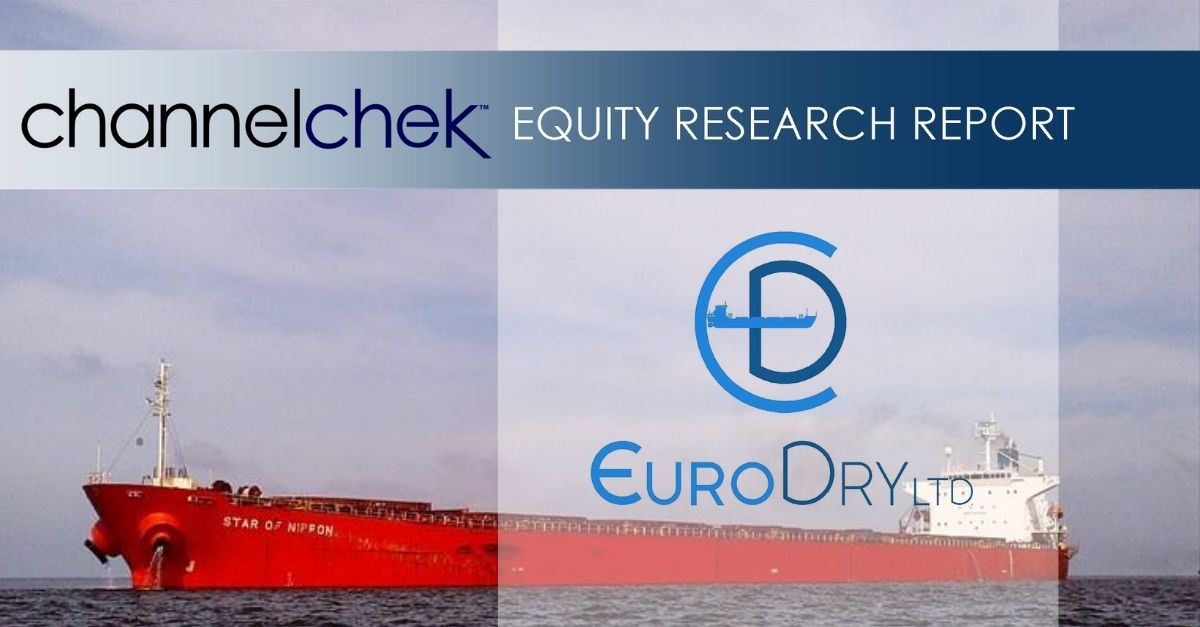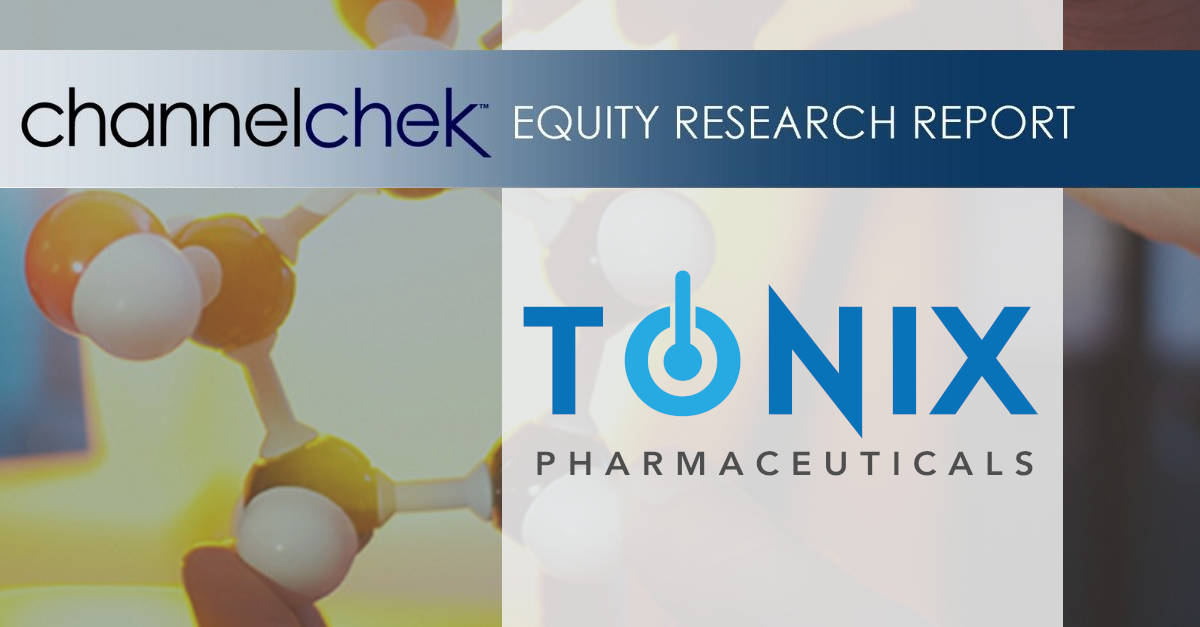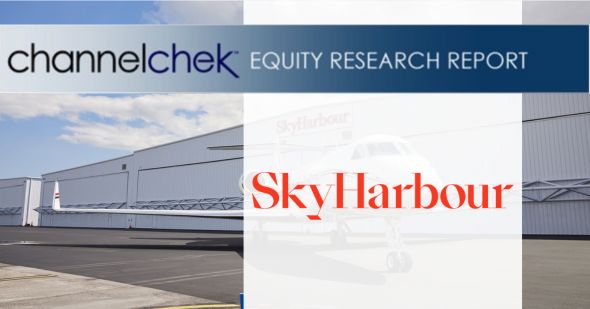
Friday, August 15, 2025
DLH delivers improved health and readiness solutions for federal programs through research, development, and innovative care processes. The Company’s experts in public health, performance evaluation, and health operations solve the complex problems faced by civilian and military customers alike, leveraging digital transformation, artificial intelligence, advanced analytics, cloud-based applications, telehealth systems, and more. With over 2,300 employees dedicated to the idea that “Your Mission is Our Passion,” DLH brings a unique combination of government sector experience, proven methodology, and unwavering commitment to public health to improve the lives of millions. For more information, visit www.DLHcorp.com.
Joe Gomes, CFA, Managing Director, Equity Research Analyst, Generalist , Noble Capital Markets, Inc.
Refer to the full report for the price target, fundamental analysis, and rating.
Task Order. DLH has been awarded a task order valued at up to $46.9 million to continue providing information technology services, including enterprise IT systems management, cyber security, software development, cloud computing, and more, to the National Institutes of Health’s Office of Information Technology (“OIT”).
Details. The task order includes a base period and multiple options aggregating to a three-year period of performance. Through this award, DLH will leverage a comprehensive suite of digital transformation and cyber security solutions to support approximately 7,000 end-customers. As part of this new effort, DLH will design and implement a cloud migration strategy built on partnerships with leading commercial CSP vendors, including Azure, AWS, and Google.
Get the Full Report
Equity Research is available at no cost to Registered users of Channelchek. Not a Member? Click ‘Join’ to join the Channelchek Community. There is no cost to register, and we never collect credit card information.
This Company Sponsored Research is provided by Noble Capital Markets, Inc., a FINRA and S.E.C. registered broker-dealer (B/D).
*Analyst certification and important disclosures included in the full report. NOTE: investment decisions should not be based upon the content of this research summary. Proper due diligence is required before making any investment decision.
